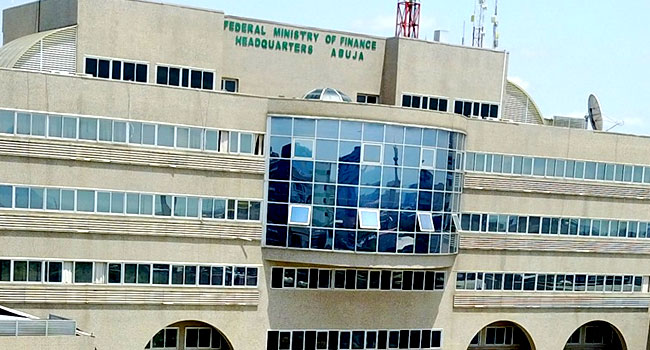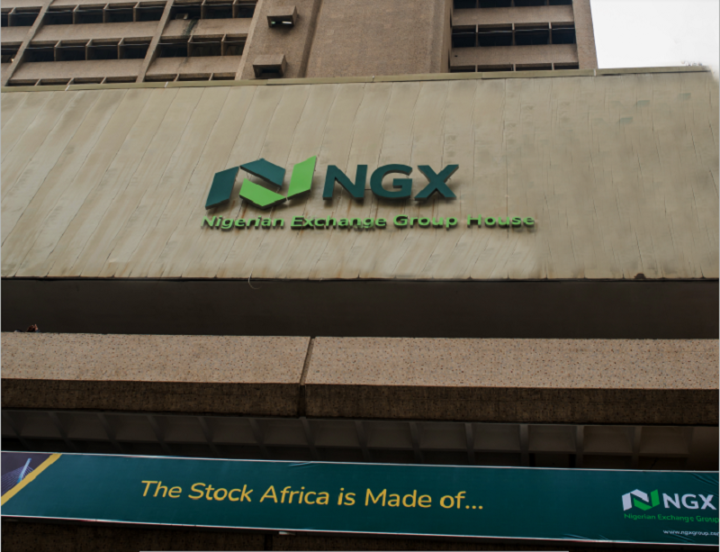The Nigerian Economic Summit Group (NESG) has warned that the country’s fiscal position remains precarious, saying debt service “now absorbs” all government revenue.
In its latest ‘Macroeconomic Condition Index (MCI)’ report, the group said Nigeria’s debt-service-to-revenue ratio was above 100 percent in 2024, meaning the federal government spent all of its revenue on debt payment.
According to the report, the ratio stood at 116.8 percent in 2024 before easing slightly to 113 percent in the first quarter (Q1) of 2025.
The NESG said the trend highlights “deep structural weaknesses” in public finance, warning that fiscal stress continues to constrain growth, investment, and social spending despite stronger revenue collection.
Advertisement
“Debt service now absorbs more than the entire federal government revenue,” the group said.
“Nigeria must broaden its non-oil tax base, improve spending efficiency, and block leakages to restore fiscal sustainability.”
The think tank said while the removal of petrol subsidy and the unification of the exchange rate have expanded fiscal space, the benefits risk being eroded without deeper reforms to tax administration and expenditure management.
Advertisement
The report said the fiscal sector index fell sharply to -6.8 points in 2024, weighed down by the rising debt-to-gross domestic product (GDP) ratio of 40.6 percent and growing recurrent obligations, before improving marginally to -6.4 points in early 2025.
The group asked the government to consolidate recent revenue measures, including the four revenue Acts signed into law by President Bola Tinubu, but stressed that “implementation and compliance will determine the real impact”.
The group called for realistic budget assumptions, stronger audit and procurement laws, and a shift from short-term borrowing to long-term, concessional financing that supports capital investment.
“The gains from reforms will only materialise if complemented by transparent utilisation of revenues and efficient public spending,” the report said.
Advertisement
Despite modest progress in stabilising the exchange rate and easing inflation, the group said Nigeria’s fiscal weakness remains the biggest threat to sustainable recovery.
‘ECONOMY STABILISING AFTER 2024 TURBULENCE, BUT RECOVERY PATH REMAINS FRAGILE’
The NESG further said Nigeria’s macroeconomic environment showed early signs of stabilisation in the (Q1) 2025 — after one of its most turbulent years in more than two decades.
“2024 marked the low point of macroeconomic strain, but without decisive fiscal consolidation, the stability observed in 2025 could prove temporary,” it said.
Advertisement
According to the report, the overall score plunged to -3 points in 2024, “the lowest level in 25 years, reflecting simultaneous pressures across the real, fiscal, and external sectors following wide-ranging government reforms”.
“The sharp deterioration was the by-product of sweeping reforms that amplified near-term distortions across key sectors,” the group said.
Advertisement
However, the NESG said the Q1 of 2025 marked a turning point, with the MCI improving to -1.8 points, signalling the waning of initial reform shocks and the emergence of stabilisation gains.
The external sector index also turned positive for the first time in over a year, the think tank added.
Advertisement
Despite these “green shoots”, the report cautioned that productivity remains weak, fiscal obligations are still heavy, and inflationary pressures are high.
The NESG advised the government to prioritise structural reforms that “translate macroeconomic stability into inclusive, broad-based recovery”.
Advertisement
The group identified four priority areas, including the revival of the real sector through urgent actions to boost manufacturing productivity and expand energy access.
“Monetary and financial reforms, anchored on stronger inflation targeting and capital market deepening; fiscal restructuring, focused on tax efficiency, spending discipline, and debt optimisation; and external stability, through policies that expand non-oil exports and attract long-term capital,” the report reads.
“2024 marked the low point of macroeconomic strain, while 2025 offers the first signs of a turnaround.”
The NESG said the challenge now is to translate “these gains and ensure that recovery reaches the people”.
The group has the federal government to translate the gains into a broad-based recovery “through structural reforms that lift productivity, deepen fiscal capacity, and sustain external stability”.










